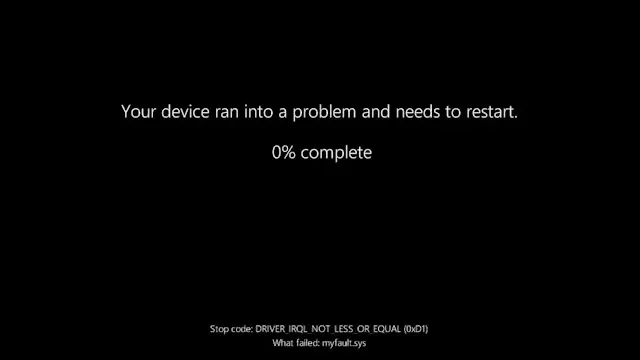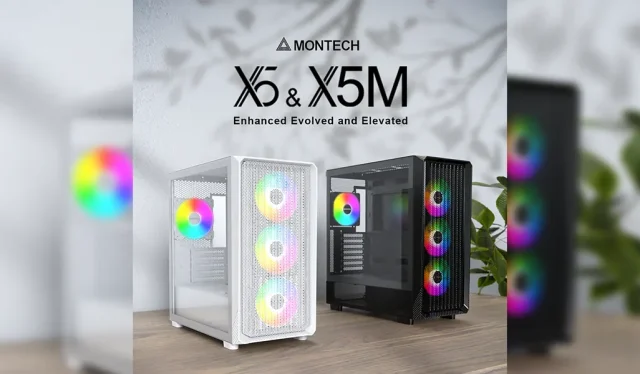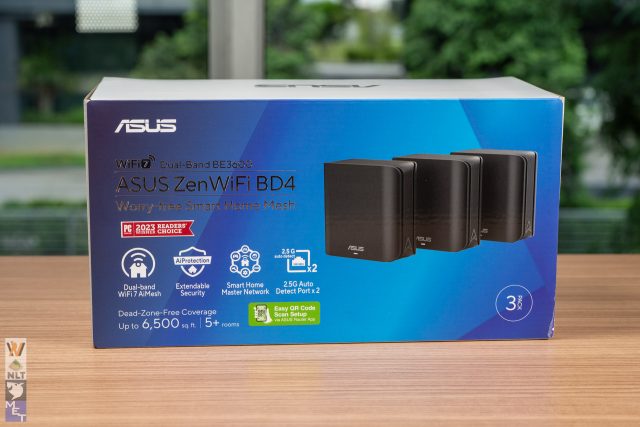Another day, another review of an SSD drive. What we have today is a brand that is not officially available in the Malaysian market. That brand is Sabrent. Founded and launched in the great land of the USA, we got this drive via Amazon US so you know we paid a fortune for it (especially for shipping).
One of the reasons we got this is the majority of M.2 NVMe drives we’ve reviewed in the past are sliding towards the spectrum of budget and mid-range market so we wanna see why would one want to shell out extra to pick the premium selection or is it simply placebo effect sprout from the user itself.
But anyway let’s see what’s in store.
Unboxing
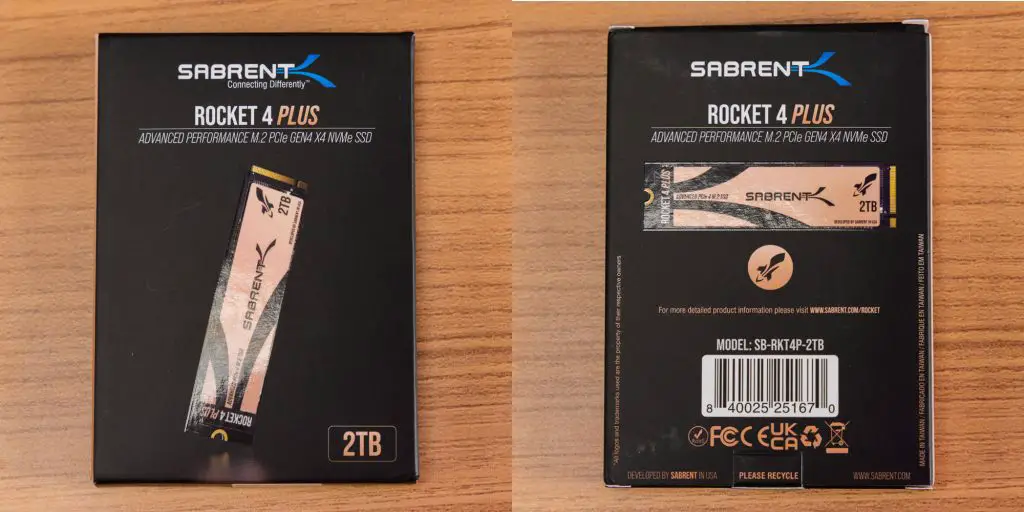
Let’s start from the box as usual which is simple and straightforward – logo, product name, image, and capacity. Even the back is more or less the same.
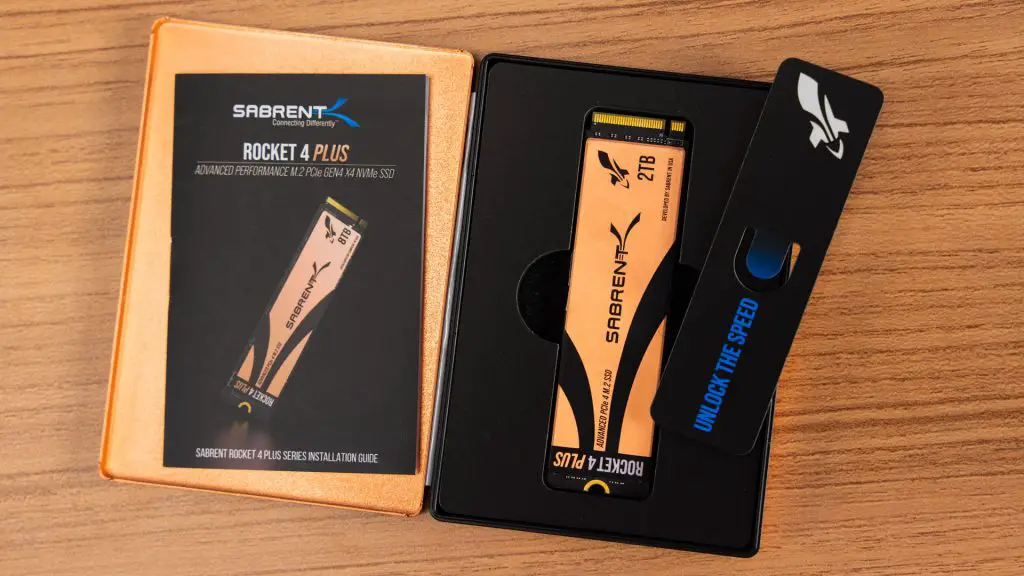
Opening the box reveals another copper-colored box that acts as a protector for everything inside. Opening this box reveals the instruction manual and what seems to be a cutout that doubles as a cover and also a bookmark sits on top of the actual SSD to protect it.
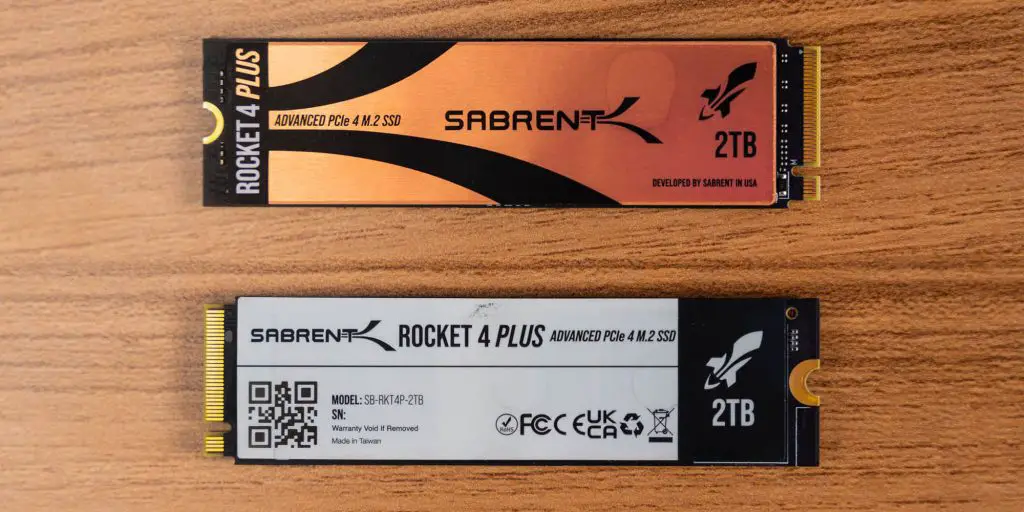
There we have it. The drive here is of the 2TB variant and this is a rather special SSD since it uses more memory banks, making it a dual-sided SSD that might pose some compatibility issues in certain devices due to its thickness. However, in theory, this should also result in a much higher read/write speed.
Anyway, the heatsink is a thin piece of copper that only goes on the topside of the SSD. The bottom side is only a piece of sticker – and that’s it.
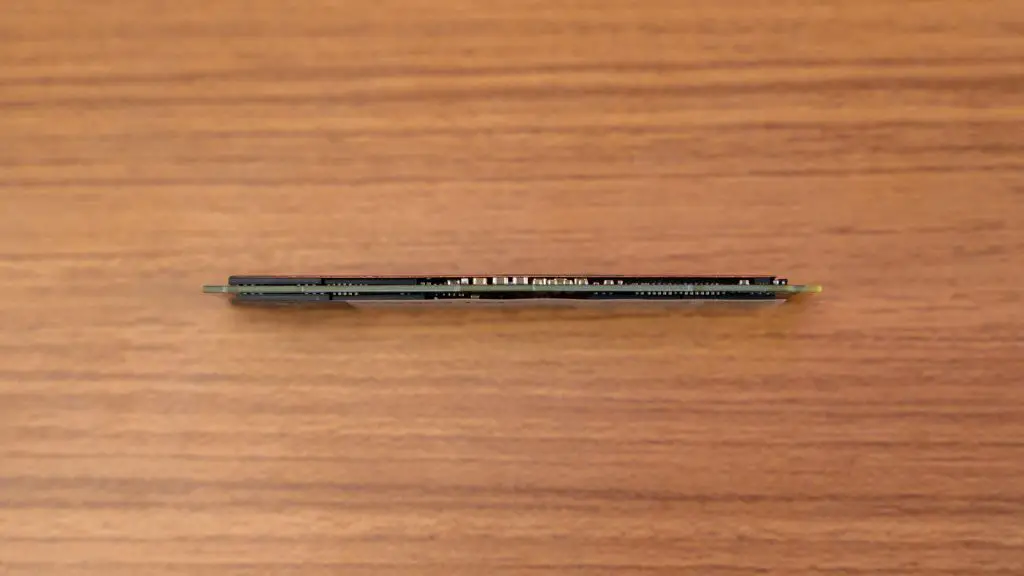
Test Results
Alright, time for the Rocket 4 Plus 2TB shows its true colors. I’m gonna hit you with its rated specs from the official product page which is 7000MBps reads and 6850MBps writes under optimal conditions so let’s see how it fares against the multitude of trials.
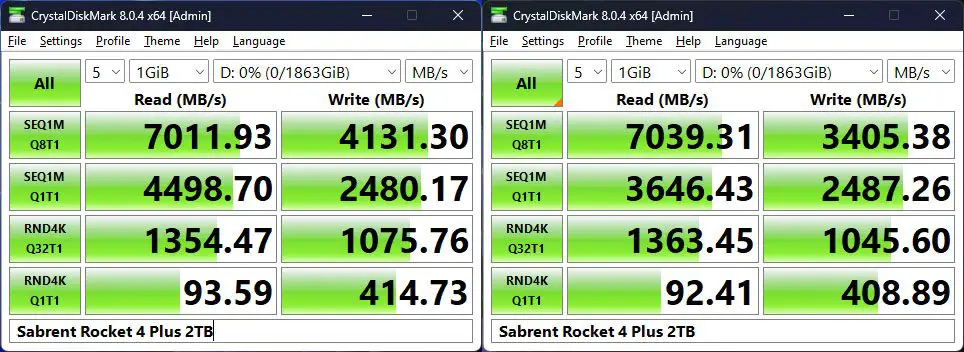
The first round of tests we did is a couple of CrystalDiskMark runs without the thermal pad and as expected, the thermal throttling kicks in, and the write speeds drop to around 4100+MBps in the first run and drop even further the second time around. Not to say that the drive is bad but this test is to put it in the worst-case scenario and reveal its lowest possible speeds but in normal use, you don’t run into these sorts of numbers (hopefully).
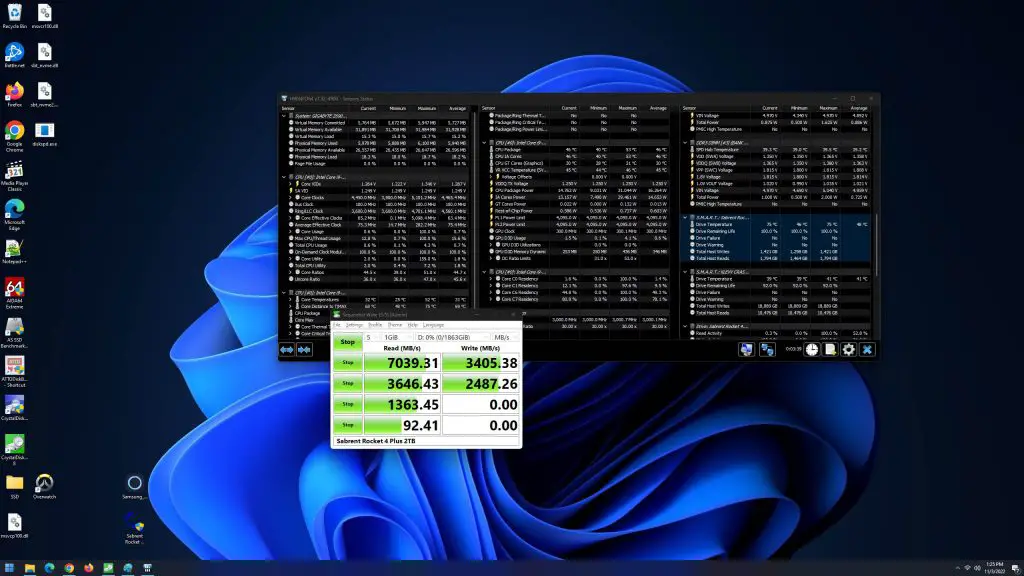
Halfway through the second run, the temperature is striking the 75°C barriers and doesn’t really go higher than that since the thermal limit is set around that range but yeah it is definitely toasty.
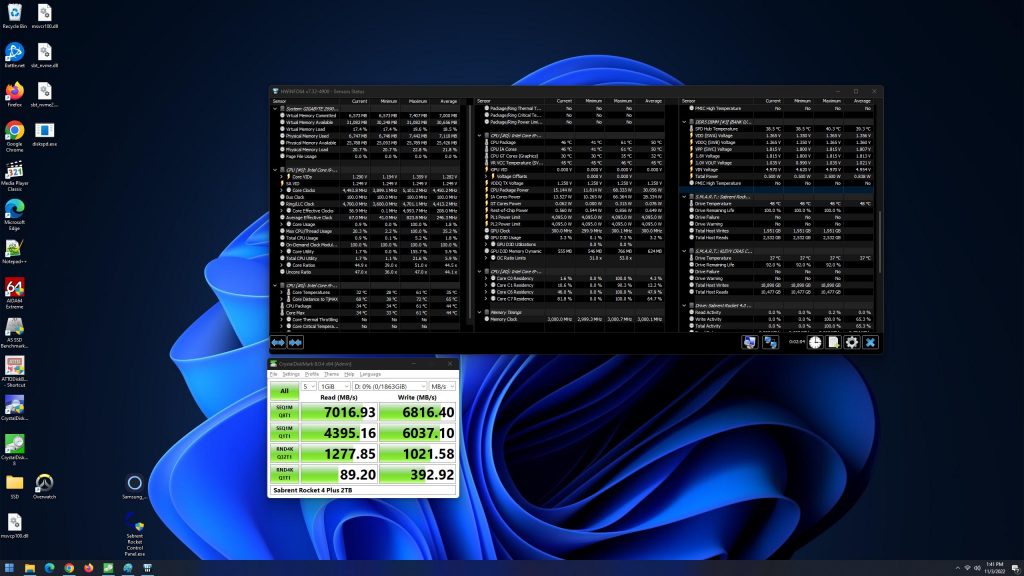
We did the same test again but this time we stick a fan that blows directly toward the drive and for real, the temperature maintains at 48°C and it can reach the speed it was marketed so this is basically the best condition it can get.
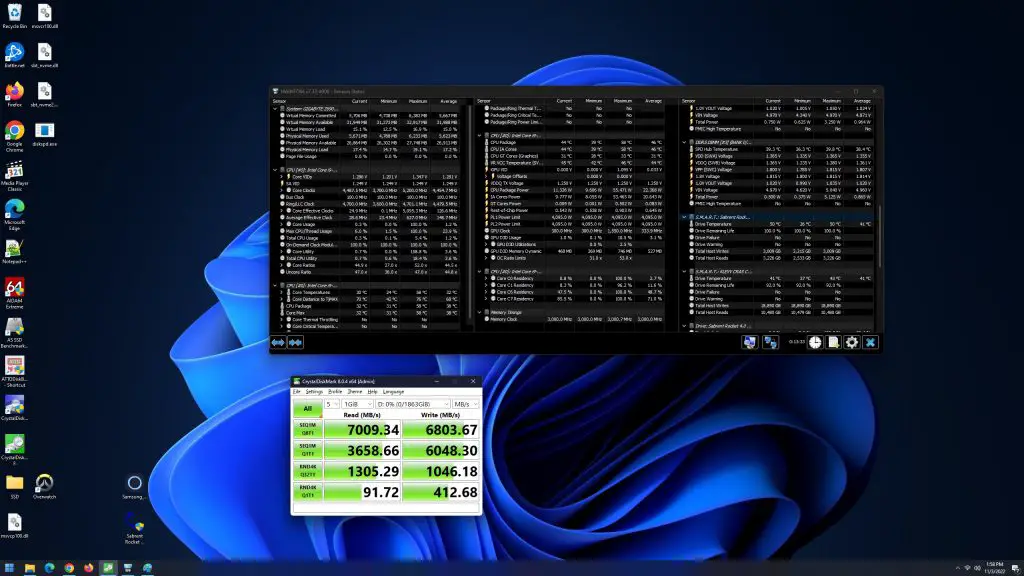
Lastly, we did it the proper way by mounting the SSD onto the motherboard with the SSD heatsink and thermal pads installed. The temperature is kept under control and the SSD never thermal throttled.
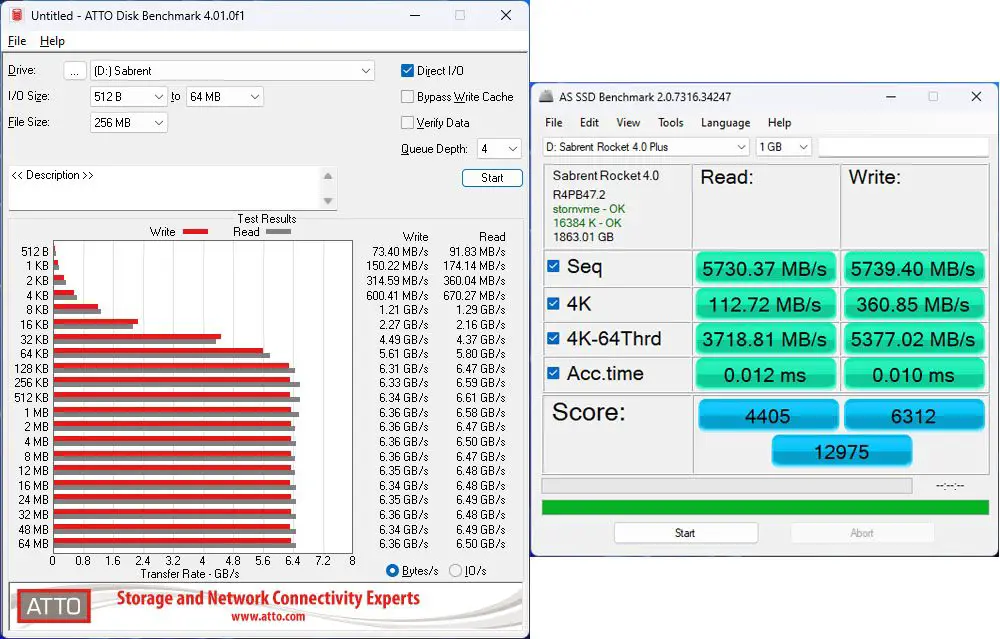
Utilizing ATTO for a more simulated condition of everyday usage and AS SSD Benchmark focusing on 64 deep queue depth performance geared towards heavy I/O deployments, one can see that for casual users in a single PC setting it works just as intended but when blasted with a bunch of requests, it pulls back a bit but still much relevant than say – a PCIe 3.0 drive at max performance.
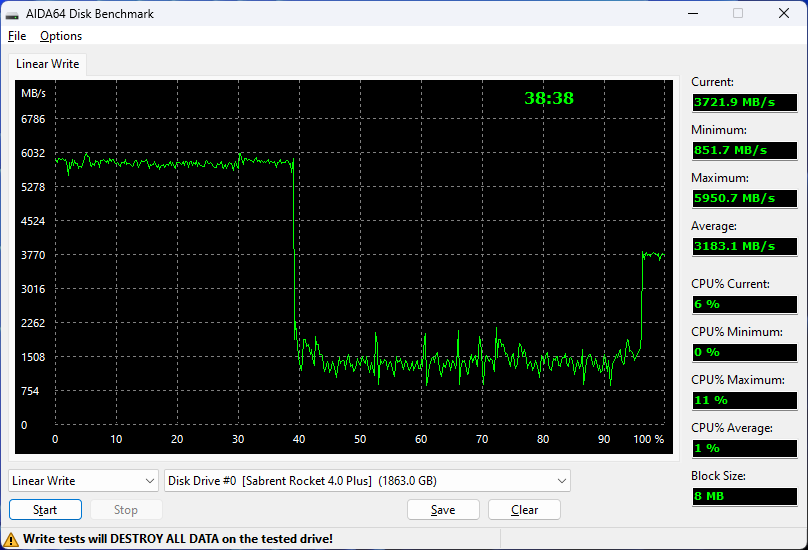
The last test on the list is the controller and DRAM cache-focused AIDA64 Linear Write test where the drive drastically throttles at about 40% due to the cache filling up while the Phison E18 controller tries its best to recover yet it continues to choke until the 96% mark where it returns to half the rated performance but at least the balance has been achieved.
Conclusion
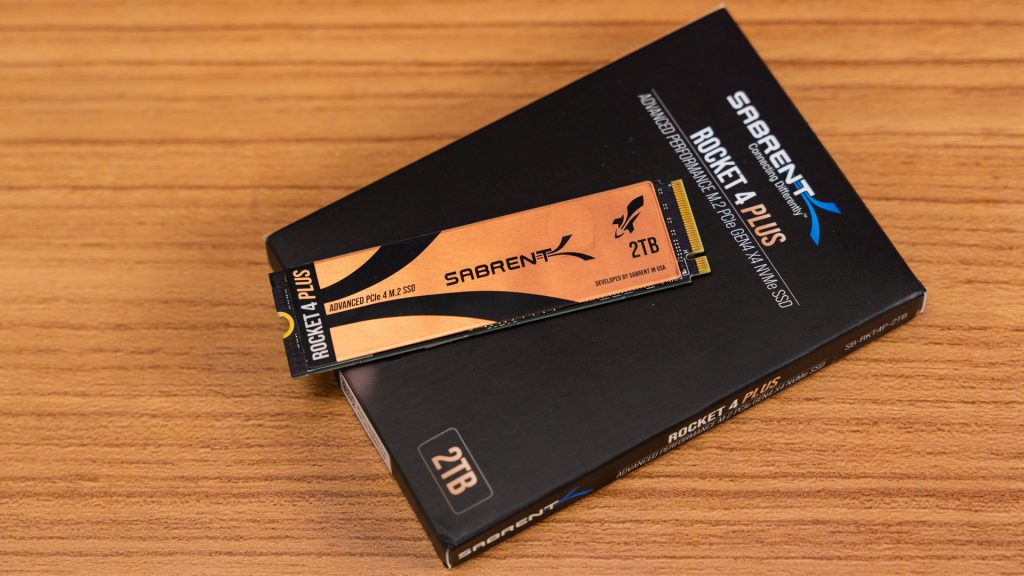
All in all, the Sabrent Rocket 4 Plus 2TB delivers top-notch performance by unleashing the potential of PCIe 4.0 to its maximum while technically can run without its thermal pad given adequate ambient cooling is present. Given that the drive’s core selling point is about how fast it can go, the USD $300 price tag is certainly competitive when it comes to other competing drives like the Samsung 980 PRO which costs nearly $100 lower.
However, the DRAM cache issue brought by the Phison E18 controller makes it tough for workloads that move super large data at once such as 200GB or 300GB per file as the performance drops halfway and requires some time to bring it back while the 980 PRO can do so at a much faster and efficient rate, not to mention better random I/O performance.
Therefore, the Sabrent Rocket 4 Plus 2TB is more suitable for the consumer level or at most, semi-professional users that can utilize the bandwidth in short bursts such as loading video files for editing or getting maps loaded in games for gamers. And the orange and black accent could go quite well with something like an ASUS TUF Gaming-themed rig in my opinion too.

